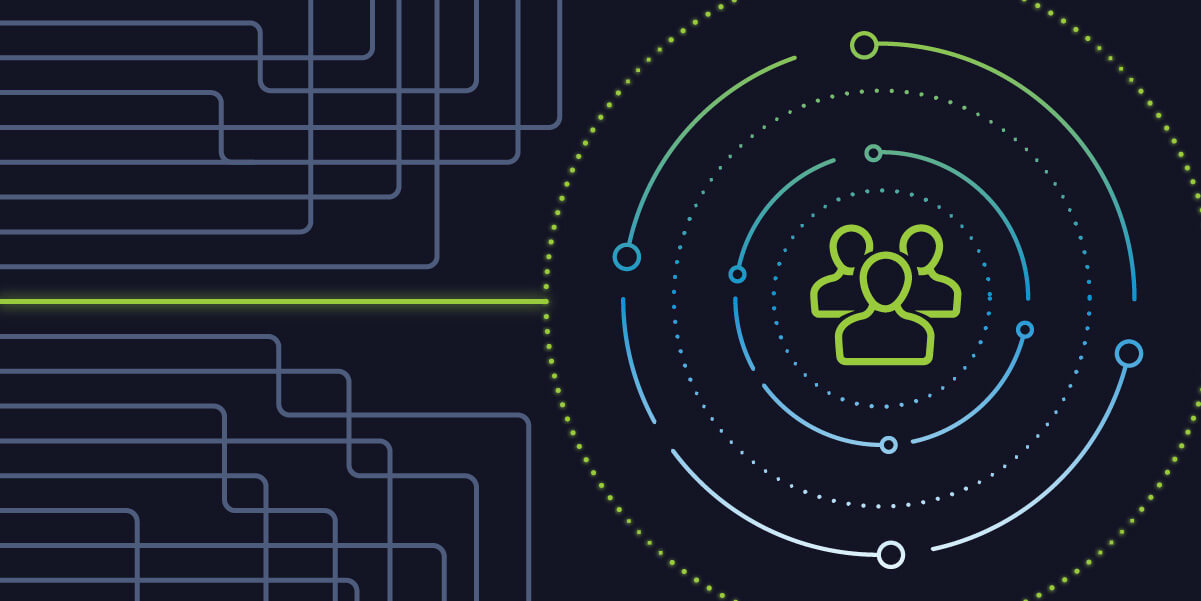Historically, network engineers have not fully embraced automation for a variety of valid reasons, so many in fact, that I won’t take up all of your time by listing them out. This is a rather unfortunate situation because when you dig deeper into the designs and protocols of the world of networking, you discover that the principles of automation are part of it’s core. New features and protocols are being implemented and expanded to create networks that are able to intelligently respond and react to changes with very little human intervention, and network engineers are experts at understanding and configuring these features and protocols.
While the perception is that not much automation occurs in networking, it does occur today “under the hood,” meaning it’s obscured within the world of CLIs and sealed within the confines of the network engineer’s world. However, there’s still a lot of tasks that require human intervention and this has become a visible bottleneck within most enterprises.
Now that the roadblocks of the past, which had limited the ability to fully embrace network automation beyond the CLI, are no longer excuses we can fall back in today’s network ecosystem. In fact, there are very good reasons for network engineers to take control and start leading the charge for the overall organization automation strategy.
Why Network Teams Should Lead the Charge for Automation
It’s become an exciting evolution to witness as network teams are now in a very unique position inside of their organization to start having a voice in setting and supporting their overall automation strategy. The network is involved with nearly everything in IT and subsequently interacts with different groups across departments (connecting servers to storage, workers to applications, services to customers, etc.), which puts network engineers in this influential position to drive the overall automation strategy.
With this access and interaction across the entire IT department, comes the experience in understanding their technologies and how they interact with the network. This is incredibly important, because ultimately, impactful automation works across the entire IT organization and not just pockets of it, by integrating with any IT systems, controllers, or devices in your ecosystem.
The Evolution of the Ecosystem
Now that we’ve established why network teams should start taking charge of automation initiatives, let’s talk about what’s changed in the ecosystem to support this endeavor. One of the primary reasons network automation has been so difficult is because it was built on the CLI, which on it’s own doesn’t allow for confidence in automation. But now that ecosystem has evolved to expand to other automation tools, both commercial and open source, that interface with CLI devices and provide deterministic methods to ensure a CLI change was executed correctly, that’s no longer the case. These new tools help provide trust and confidence in the automation of network changes.
In addition, networking vendors have adopted automation techniques in their product portfolios through the implementation of controllers, orchestrators and API methods to interact with them. APIs define the structures and methods that can be used to interact with a system, and allow for a machine-first approach to automation. Along with this large ecosystem of tools is a variety of ways to learn how to use them – videos, podcasts, user communities, and more. Network engineers have so many automation tools available to them, and the means to learn to use them effectively.
This is exactly why the Itential Automation Platform is purpose-built to empower network engineers to quickly build reusable and effective automations in a low-code, drag-and-drop environment. Our solution allows for automation across the entire network, whether it is physical, virtual, or cloud-native and makes it easy to integrate with both CLI and API devices, ensuring that network teams have the tools and techniques to implement the automation strategies they will inevitable help put in place.
This was the very topic of my recent conversation with Zig Zsiga on the ZigBits Podcast. You can listen to the full recording here to hear more about how network automation can help progress the careers of network engineers.





